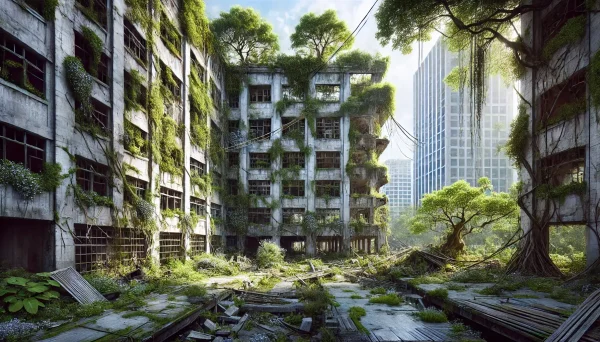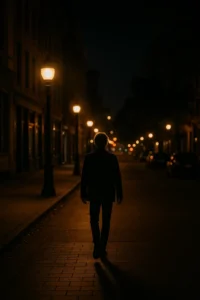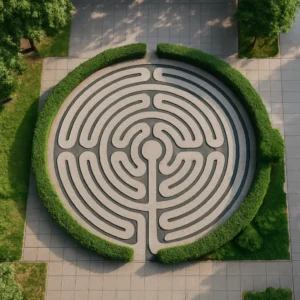Abandoned urban spaces are often seen as symbols of decay or failure, but there’s another side to their story—one where nature slowly and quietly takes back what once belonged to it. From crumbling factories overtaken by vines to entire neighborhoods now filled with trees and wildlife, these spaces show the resilience of the natural world and its ability to thrive even in the heart of a city.
The First Signs of Return
Nature’s comeback usually starts subtly. Weeds grow through cracks in the pavement. Moss climbs up neglected walls. Birds nest in the rafters of old train stations. With no human interference, the natural world wastes no time in reclaiming available territory. These initial stages might seem small, but they signal a powerful shift—the beginning of ecological succession.
Green Ruins: Where Plants Take Over
One of the most striking features of abandoned spaces is how greenery takes root. Trees grow through rooftops. Ivy and vines blanket entire buildings. Grass spreads across former parking lots. In places like Pripyat in Ukraine or Hashima Island in Japan, entire ghost towns are now wrapped in green, creating surreal, hauntingly beautiful landscapes where nature and architecture intertwine.
Plants aren’t just taking up space—they’re performing a critical role in repairing the ecosystem. They stabilize soil, reduce erosion, and begin the process of restoring life to damaged urban areas. In some cases, these green ruins attract ecologists and artists alike, fascinated by this accidental rewilding.
Wildlife Moves In
With plants come animals. Birds, squirrels, insects, and even larger species like foxes or deer start to return. Abandoned buildings become nesting spots. Empty factories turn into bat sanctuaries. In many cities, wild animals adapt to the quiet, unbothered territories, finding food and shelter where humans no longer tread.
In Detroit, for example, there have been increasing reports of coyotes, raccoons, and hawks in abandoned neighborhoods. In some European cities, wild boars roam freely through former industrial zones, while urban foxes set up dens in forgotten courtyards.
Microclimates and New Ecosystems
Over time, abandoned areas begin to form their own microclimates. Without cars, factories, or human activity, temperatures drop slightly. Air becomes cleaner. Moisture accumulates. This allows delicate species like mushrooms, ferns, or mosses to thrive—species that would otherwise struggle in active urban zones.
These evolving microhabitats offer scientists a unique opportunity to study how ecosystems form and recover without direct human management. Some researchers even use these spots as small-scale models of future urban rewilding projects.
Nature as Urban Artist
In many ways, nature becomes a kind of street artist in these spaces. The way vines frame windows. The way rust and rot paint the walls. The way fallen leaves carpet empty stairwells. There’s an accidental beauty in the mess, where decay meets growth, and destruction becomes a new kind of creation.
Photographers, filmmakers, and explorers are drawn to these sites because they capture the poetry of transformation. They show how cities can evolve without bulldozers—how time, weather, and biology can create something completely new.
Rewilding Cities: From Accidental to Intentional
Some urban planners have taken inspiration from these natural takeovers and are now creating intentional rewilding projects. Instead of clearing ruins, they’re leaving them as urban forests or green corridors. In cities like Berlin, the concept of “urban wilderness” is gaining popularity—where abandoned railways and industrial zones are left for nature to reclaim on purpose.
These projects not only create green spaces but also preserve the memory of what came before. They become places of reflection, biodiversity, and sustainable coexistence between humans and nature.
The Message in the Moss
When we look at abandoned urban spaces overgrown with life, we’re reminded that nature doesn’t need us—it waits patiently. It finds a way to grow, to adapt, and to regenerate. These places tell a quiet story of resilience. While we shape cities with concrete and steel, nature has its own plans—and when we step away, even for a short time, it steps in gracefully.
Rather than viewing abandonment as failure, perhaps we can see it as transition. A chance to witness nature’s quiet but persistent return. A reminder that even in the heart of concrete jungles, life finds a way.







